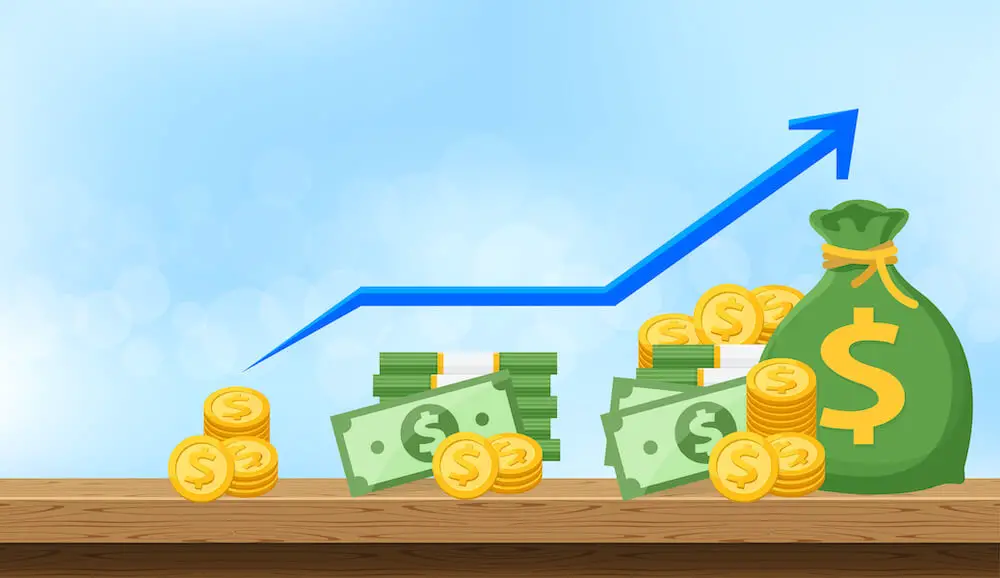The latest 2023 inflation data have been released today by the Bureau of Labor Statistics.
The agency reports that the Consumer Price Index for All Urban Consumers (CPI-U) rose 0.5 percent in January. It went up 0.1 percent in December. Over the last 12 months, the all items index increased 6.4 percent.
The good news is that this is the seventh straight month of cooling in annual inflation since peaking at 9.1% in June. That reading was the highest it had been since 1981.
The index for shelter was by far the largest contributor to the January all items increase. This category accounted for almost half of the monthly all items increase. However, the indexes for food, gasoline, and natural gas also going up. For those of us who enjoy eating, the index for meats, poultry, fish, and eggs went up 0.7 percent in January. The index for eggs rose 8.5 percent.
The food index increased 0.5 percent over the month with the food at home index
rising 0.4 percent. The energy index increased 2.0 percent over the month as all major energy component indexes rose over the month.
Inflation is expected to remain roughly three times higher than the pre-pandemic average on an annualized basis. This means that the continuing inflation, while it is lower than it was, means high prices will continue to impact the standard of living for many Americans.
Federal Reserve Chair Jerome Powell recently said, “the disinflationary process, the process of getting inflation down, has begun and it’s begun in the goods sector, which is about a quarter of our economy.” At the same time, he has acknowledged there is still a long way to reaching the central bank’s desired inflation rate of 2%.
A Closer Look at the CPI-W Index for Federal Retirees
2022 inflation was the highest we have seen in the United States in about 40 years which led to the highest COLA in 2023 for federal retirees in as many years. As a result, the COLA payments that started in January are up 8.7%. That was the highest COLA amount since 1981.
The 2024 COLA will be less than 2023’s 8.7% COLA as the Federal Reserve continues to raise interest rates in an attempt to reduce the historic increase in inflation rates.
Of particular interest to former federal employees who have retired, and for those who are planning on retiring in the near future, the Consumer Price Index for Urban Wage Earners and Clerical Workers (CPI-W) increased 6.3 percent over the last 12 months to an index level of 293.565. For federal retirees and those who receive Social Security, this is the index on which the 2024 COLA payments will be based.
For those who follow it closely, the CPI-W decreased by 0.49 percent in December 2022. The annual COLA is determined by comparing the change in the CPI-W from year to year, based on the average of the third-quarter months of July, August, and September. The CPI-W was 0.29 percent lower than the average CPI-W for the third quarter of 2022.
At the end of January, the index is up 0.57%.
2023 Inflation and Your TSP Balance
The days on which CPI data are published have been among the most volatile for stocks for the past year.
When the August inflation data were reported and were higher than expected on September 13th, the S&P 500 and Nasdaq Composite indices both dropped: 4.3% and 5.2%. This was their largest single-day drop in 2022, according to Dow Jones market data.
In contrast, when the October CPI data were released on November 10th, the S&P 500 and the Nasdaq Composite indices both rallied over 5.5% and 7.3%. This was their largest single day rally in 2022.
Inflation has impacted TSP investors significantly. There has been a 31.9% drop in the number of TSP millionaires since December 2021.
The impact of inflation and other factors had an impact on stock prices. By the end of 2022, the total TSP fund returns were negative for all of the TSP stock funds. By the end of the year, the C Fund was down -18.13%, the S Fund was down -26.26%, and the I Fund ended down -13.94%.
So far, in 2023, TSP investors have fared much better. This chart shows how the TSP funds have performed so far in 2023 and so far for the month of February 2023 as of the close of the market on February 13th:
| Fund | Month-to-Date | Year-to-Date |
| G Fund | 0.13% | 0.47% |
| F Fund | -1.24% | 1.97% |
| C Fund | 1.56% | 7.94% |
| S Fund | 0.61% | 11.5% |
| I Fund | -0.28% | 8.13% |
So far, 2023 has been favorable for investors and the news is a little better for consumers after a disastrous 2022 for both of these categories. FedSmith will keep readers advised on the progress of counting down to the 2024 COLA calculation in October.




